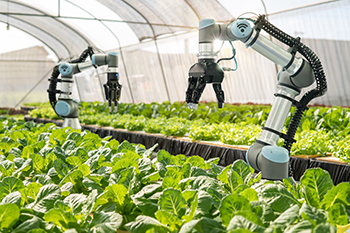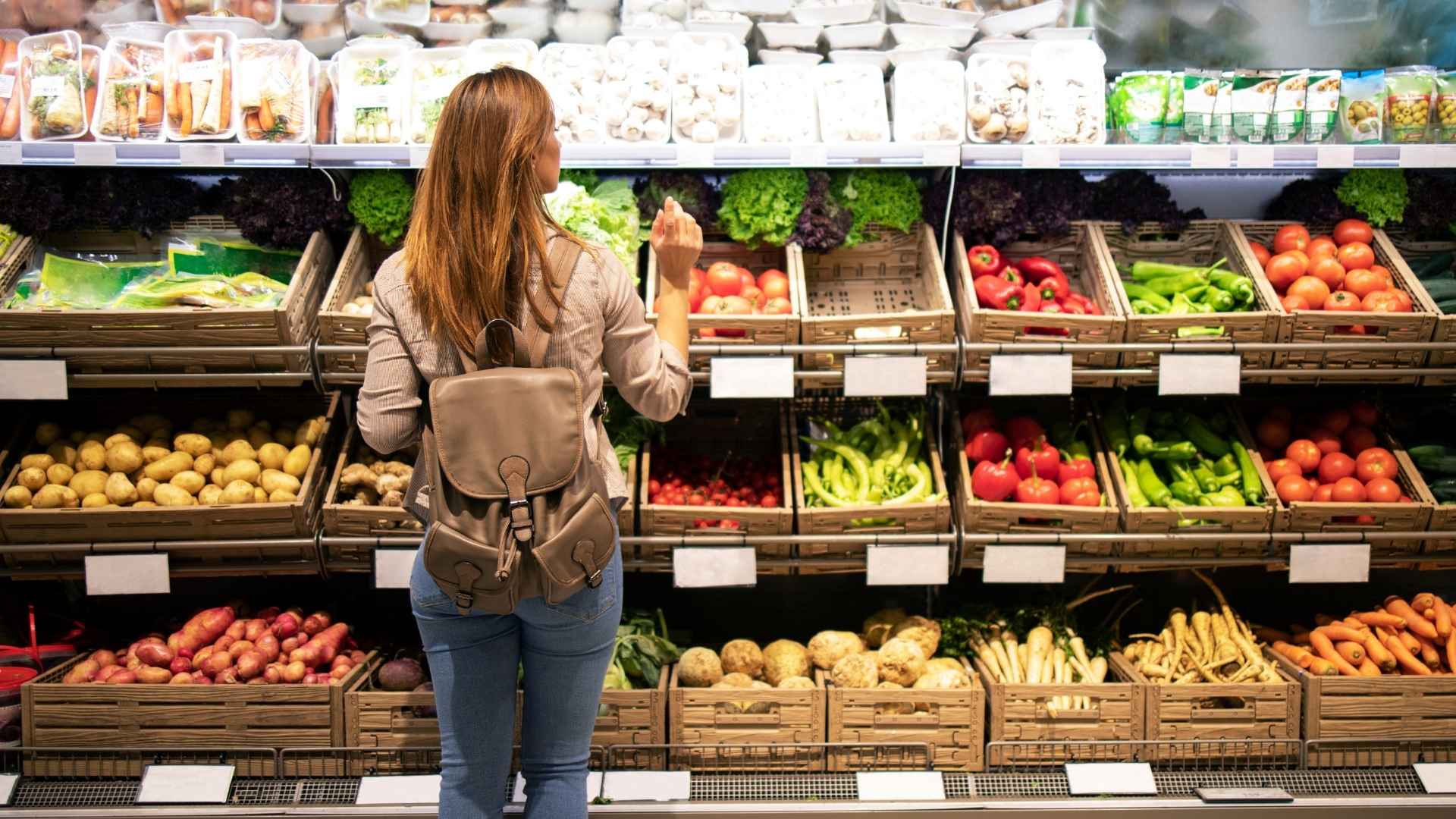By: Andrew Brown, Manager, Industry Relations, FMI and Rick Stein , Vice President, Fresh Foods, FMI

It is no secret that there are more and more of us on this planet every day. In fact, by the year 2030, there will be 8.6 billion of us. How will we feed a population that size on, a more crowded and hotter planet, with finite resources? The answer includes
innovation in agricultural technology which is a necessity if our industry is to keep moving forward.
Recently, FMI’s Fresh Food Leadership Council (FFLC) hosted a panel with representatives from organizations on the leading edge of agricultural innovation. Neeru Ravi from Boston Consulting Group moderated the panel, which included:
- Katie Seawell from Bowery Farming, which uses controlled environment farming (CEA).
- Laurie Demeritt from The Hartman Group, who provided consumer insights.
- Scott Tassani from Meati Foods, which produces alternative proteins from mushrooms and uses fermentation.
- Kevin Benmoussa from Aleph Farms, a cell-cultured meat producer.
- Sarah Evanega from Pairwise, which is using gene editing to optimize fruits and vegetables.
All the panelists brought forward thought-provoking points while simultaneously helping to educate attendees about the benefits of the products they represent, and what they mean to consumers and the industry. Here are a few important topics the group
covered:
The Environment Comes First
Ravi pointed out that the industry has a transformative opportunity to adopt innovative technologies to minimize its carbon footprint. In fact, Boston Consulting Group research named alternative proteins as the most effective investment to achieve climate
impact. Tassani offered that innovation in fresh produce is key for individual health, as well as the health of the planet and this aligns with the values of today’s consumers.
Consumer Buy-In Is Key
According to Evanega, 77% of Gen Z adults say they are likely to try food grown with technology. While Boston Consulting Group predicts eight percent of all the meat, seafood, eggs, and dairy eaten around the globe will be alternative by 2030. Demeritt
from The Hartman Group points out that ethics and health are two key drivers for consumers, both of which are addressed by new technologies. Tassani also pointed out that these technologies solve a key consumer need for nutritious, clean, sustainable,
delicious food options.
We’re Just Beginning
While agriculture technology is only in its initial phases, these products must be viewed by retailers as an integral part of their strategy. Retailers should not consider these products as novelties or as a specific SKU to grow sales in the near term,
but instead, embrace them for the long term. That way everyone in the value chain, including the customer, benefits. Retailers are facing pressures to make sure every item in the department is driving positive results, but when it comes to agriculture
technology items, perhaps there needs to be a longer runway to reach the ultimate success. It was suggested during the panel that retailers begin to create “Ag Tech Innovation” categories, to help educate the consumer on offerings available
now and more to come in the future.
Want to learn more? FreshForward will be diving into Gen Z, ecommerce and meal planning at this year’s event.


 Industry Topics address your specific area of expertise with resources, reports, events and more.
Industry Topics address your specific area of expertise with resources, reports, events and more.
 Our Research covers consumer behavior and retail operation benchmarks so you can make informed business decisions.
Our Research covers consumer behavior and retail operation benchmarks so you can make informed business decisions.
 Events and Education including online and in-person help you advance your food retail career.
Events and Education including online and in-person help you advance your food retail career.
 Food Safety training, resources and guidance that help you create a company food safety culture.
Food Safety training, resources and guidance that help you create a company food safety culture.
 Government Affairs work — federal and state — on the latest food industry policy, regulatory and legislative issues.
Government Affairs work — federal and state — on the latest food industry policy, regulatory and legislative issues.
 Get Involved. From industry awards to newsletters and committees, these resources help you take advantage of your membership.
Get Involved. From industry awards to newsletters and committees, these resources help you take advantage of your membership.
 Best practices, guidance documents, infographics, signage and more for the food industry on the COVID-19 pandemic.
Best practices, guidance documents, infographics, signage and more for the food industry on the COVID-19 pandemic.
